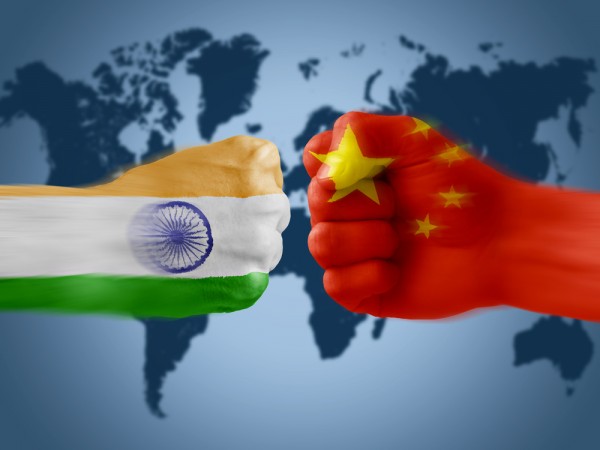
Rupee’s worst devaluation may boost exports

After Chinese currency yuan was first devalued on August 10, rupee recorded its sharpest decline among competing countries including China, Vietnam and Bangladesh. Since August 10, rupee has depreciated by 4.63 per cent to 66.83, while yuan is down 2.51 per cent to 6.37 against the dollar.
Among other competing countries, Vietnamese dong slumped by 2.96 per cent to 22,468 against the dollar on the same day from 21,823 dong on August 10. But Bangladesh's currency appreciated by a negligible 0.06 per cent to 77.73 on Monday against the dollar from 77.78 on August 10. While an ICRA study says the depreciation in rupee would benefit apparel exporters, it also points out that since yuan has also depreciated and given that China enjoys dominant position in export markets, India would see increased pricing competition which will affect profitability of exporters. Also, with drafts of new contracts mentioning renegotiation clause if rupee depreciates beyond 2-3 per cent, buyers will immediately start price negotiations hurting exports. However, given that the rupee has depreciated more than that of other competing countries, and India’s share in overall trade is relatively small, experts expect export volumes may not be impacted severely.
Diversified fabric players may have lower prices
Fabric exports, on the other hand, are geographically well diversified as against other segments in textile exports. Given the fragmented nature of India’s fabric industry, Indian exporters will have to pass on the benefits of depreciated rupee by way of lower dollar price. India’s cotton exporters would see improved competitiveness, being the second largest exporter of the natural fibre after the United States.
Nevertheless, as China is the largest market for both cotton and cotton yarn exports from India, higher devaluation of China’s yuan will require Indian exporters to offer lower dollar prices for these products to maintain competitive prices in yuan terms. Meanwhile, as per a report by the Centre for Monitoring Indian Economy (CMIE), the cloth industry in India witnessed a healthy growth in revenues during the June 2015 quarter. Aggregate net sales of the 54 companies that reported their interim results grew by eight per cent year-on-year during the period. Growth in sales was broad-based with 36 companies registering higher sales.
www.icra.in












